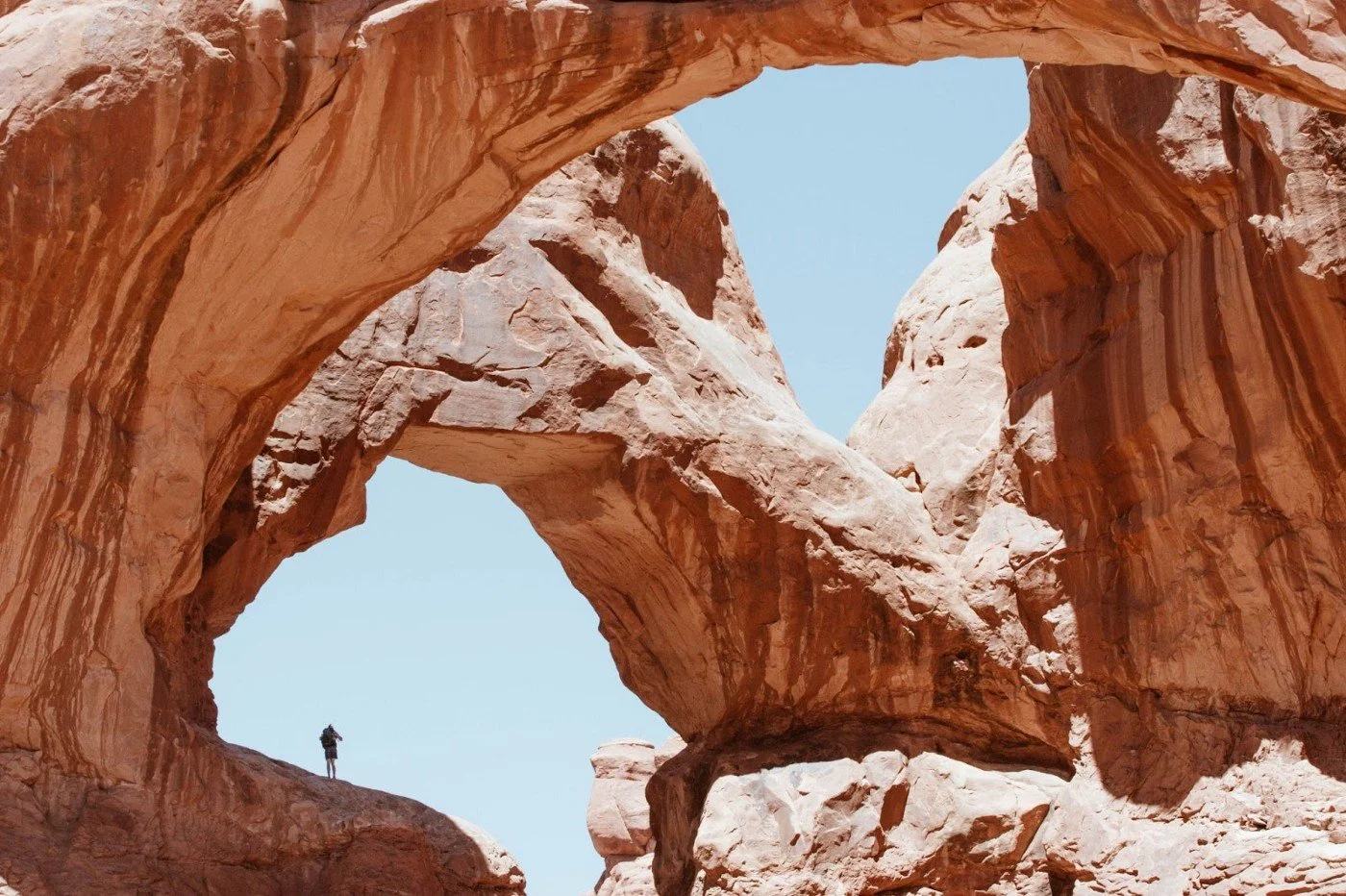How Gratitude Can Change Your Life
Gratitude — we’re surrounded by the concept every day. Hashtags on Instagram, an “I’m so blessed” overheard at the grocery store, society telling us to “be grateful for what you have.” We’re even hearing about scientific studies on the topic: Harvard Health states that “gratitude is strongly and consistently associated with greater happiness” and “helps people feel more positive emotions, relish good experiences, improve their health, deal with adversity, and build strong relationships.”
In the self-help realm, gratitude is a favorite topic. It’s seen as the key to unlocking joy, happiness, and success. If you’ve ever read a self-help book, you are well familiar with the concept of starting a gratitude journal: write down 5 things each day that you’re grateful for to build your gratitude practice. It’s framed as a quick and easy fix: just start a gratitude journal and remind yourself of what you have and — *blink* — now you’re grateful.
I’m not saying this is a bad practice (it’s great and I’ve done it myself), but it doesn’t cultivate real gratitude. Gratitude is not something you say, write down, or even do; it’s something that you are. True gratitude is an attribute, rather than just an exercise to keep track of everything you have. You come from a place of knowing that you already have everything that you need, and you exude a lightness and a joyful presence so much so that people will say, “They seem so grateful.” When you feel gratitude, you have a sense of abundance around you. You feel embraced by the universe and taken care of at the deepest level.
Author Eckhart Tolle struggled with anxiety and depression through his mid-twenties, and one particularly dark night thought, “I am so sick of myself that I can’t live with myself anymore.” A lightbulb went off. I am so sick of myself. I am sick of myself. There are two of me. Tolle had an epiphany that there is the high self and there is the ego. He describes this defining moment as entering a black hole and reemerging completely detached from his ego — he just had his I. He spent the following weeks sitting on a park bench, observing and filled with a sense of wonder and gratitude for the world around him. When we detach from outcomes, expectations, and ego, we become unbound and can wake up to the ever-present abundance around us.
Being a grateful person has nothing to do with what you have, or even about you at all; it has everything to do with others. When you’re deeply grateful, you’re not thinking about yourself, what you have, and what you will gain; you’re thinking about what you can give. Gratitude fosters generosity.
When our cup overflows, it’s our responsibility to share it with others. We can’t hold back what we are capable of. To become a truly grateful person — not just someone who is grateful for things — it requires thought plus action. Treating gratitude as an attitude and an attribute means committing to identifying areas of abundance in your life and giving to others who don’t have it.
For example, maybe you are skilled at navigating the politics of your organization and see someone else who is struggling with it. How can you share your connections with that person? Can you share a few contacts, make an introduction, or bring them into a meeting? By detaching from any feelings of competitiveness and making the effort, you can create success for someone else — which never fails to create success for you.
For me, I am a naturally curious person and use this abundance to listen deeply to others. Whether it’s a client or a friend, I pause what I am doing to make them feel seen, heard, and valued. When someone shares their experience with me, I strive to listen with empathy, a clean slate, and without judgement.
Follow these guidelines to cultivate a sense of deep gratitude and abundance in your life.
4 Steps to Practice Deep Gratitude:
1. Wake Up:
Open your eyes to the abundance around you. Consider an area in your professional life and your personal life where you have abundance. Where does your cup feel like it’s overflowing? Where do you have more than enough? It could be a skill, time, talent, or resources that you have.
2. Reflect:
What can you do with that overflow to engage someone else who doesn’t have what you do? How can you infuse some of this abundance into their life? How can you share, help, and give?
* Keep in mind that you don’t have to do this for everyone. In fact, it’s important to set boundaries around what you give and commit to others. Do not give away so much that you become depleted yourself. Choose a few people or places or organizations where you can share.
3. Identify:
Where do you feel like your cup is not full? Where are you feeling depleted or lacking? Who in your life has more of that than you do? Getting ahead of the areas where you feel depleted is key to sustaining your gratitude practice. Otherwise, these areas sneak up on us and cause toxic feelings of bitterness, blame, resentment, and victim mentality. Rather than feeling ashamed, accept your human feelings of wanting more.
4. Ask for Support:
Take ownership of your life. Request inspiration from people who are overflowing in the area where your cup is not full. Rather than viewing them with jealousy or envy, ask for support. How can you get what you need and ask for more? Engage with the hard conversations, whether it’s asking your boss for the support you need to succeed or communicating with your partner about your unfulfilled needs.
“The greatest gift you can give is your presence.”
— Thich Nhat Hanh
What can you give to others, every day in every interaction? It doesn’t have to be through grand gestures. Every single day, you can choose to share your abundance — and sustain this practice by asking for help filling your cup when you need it.
Kristine Steinberg is the CEO of Kismet. She believes that your life should be deeply fulfilling — not tolerated. Partner with Kismet to dismantle fear, define your path, and lead with courage. Start your transformation today.






